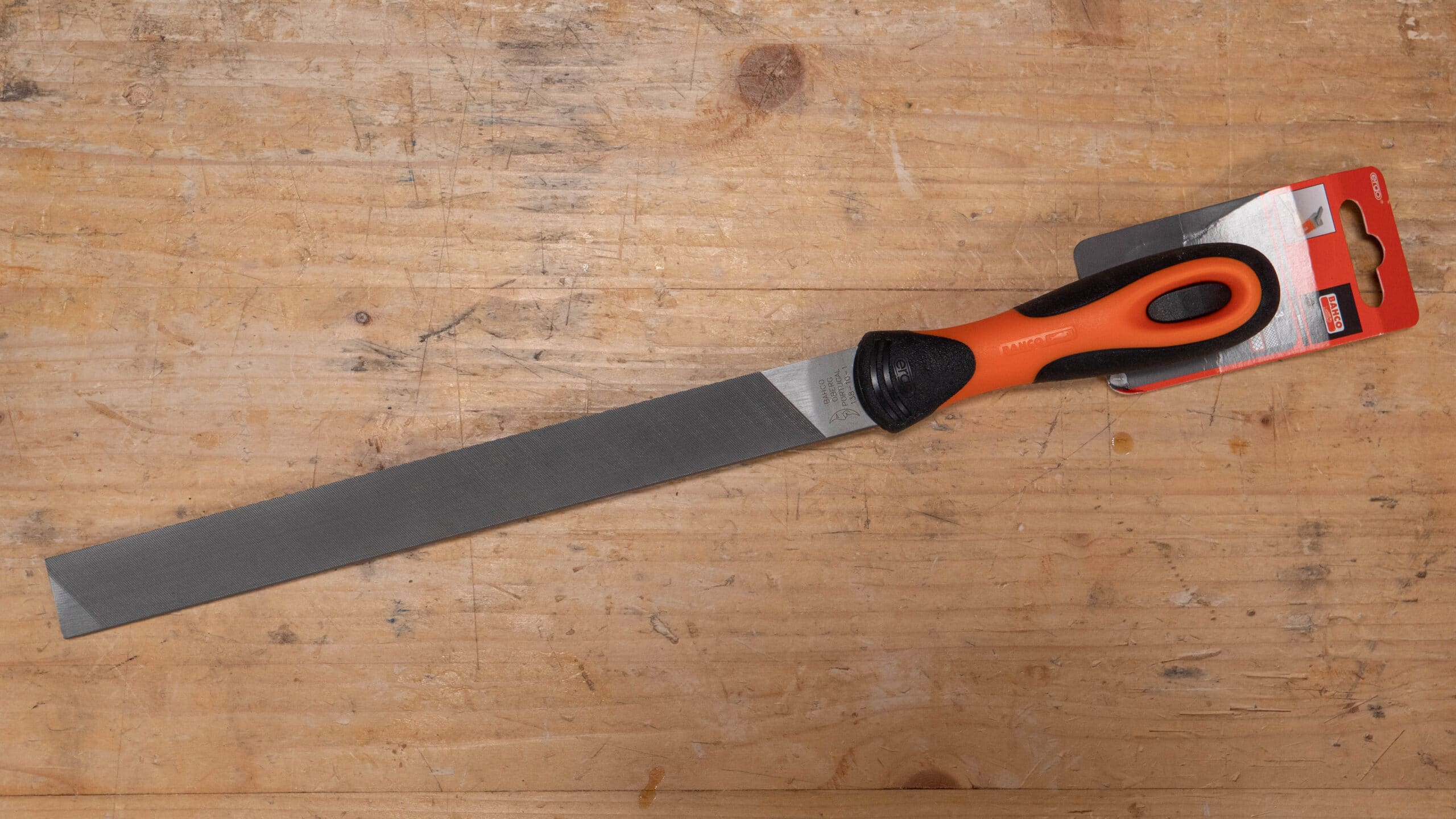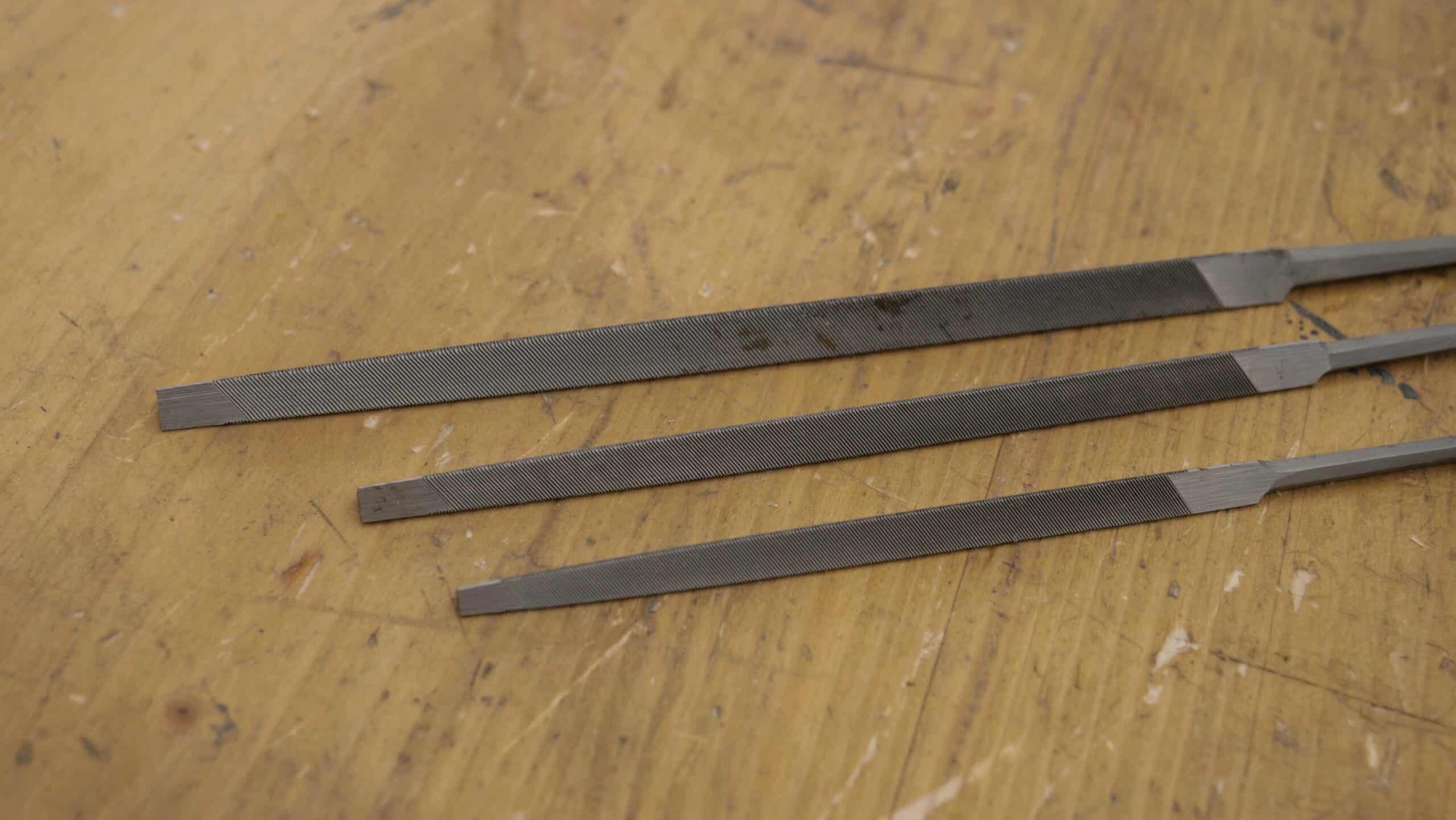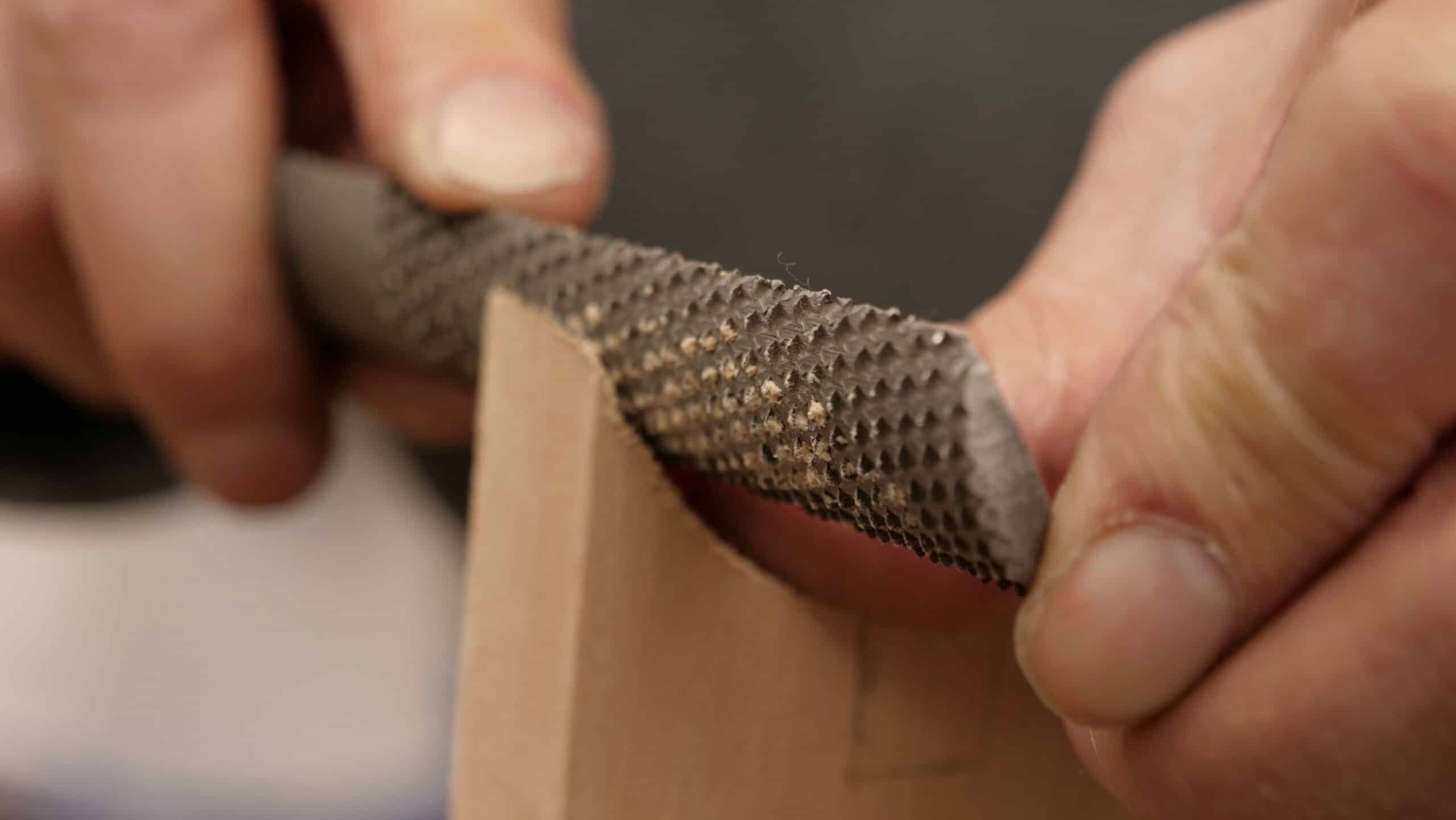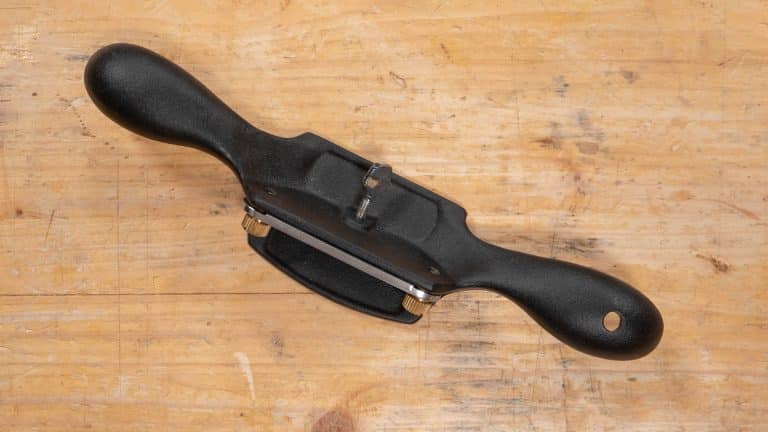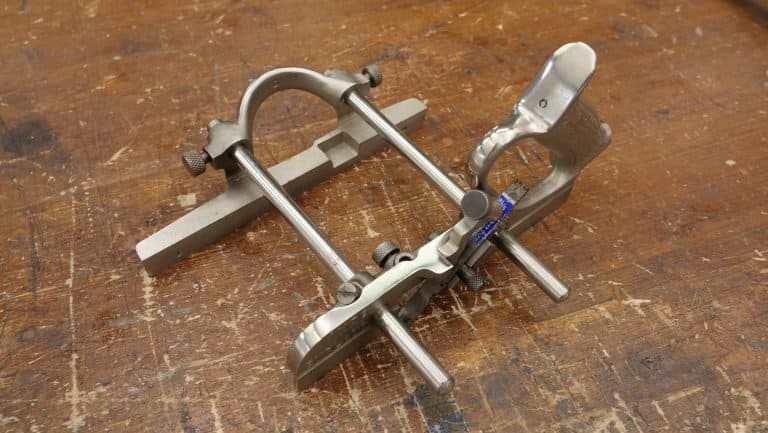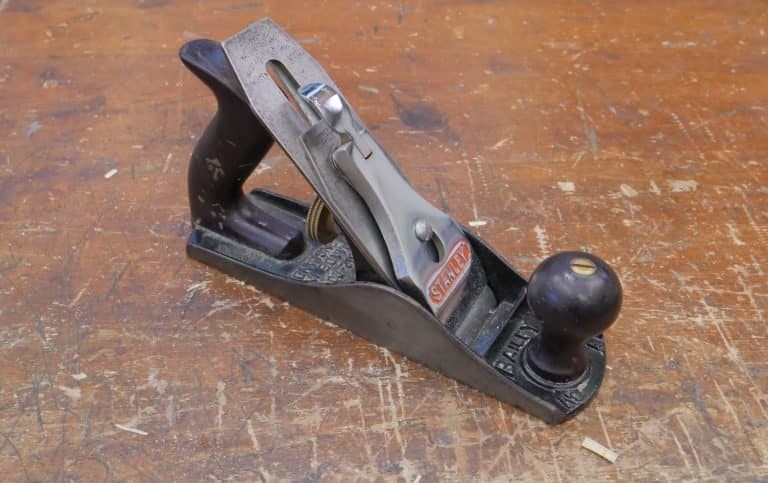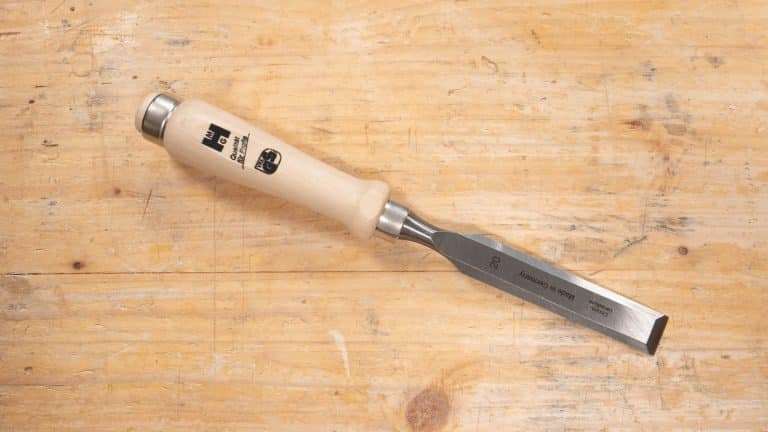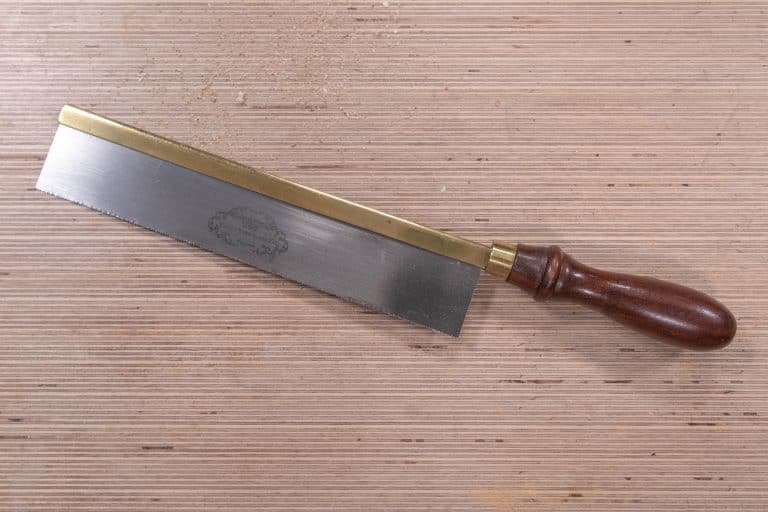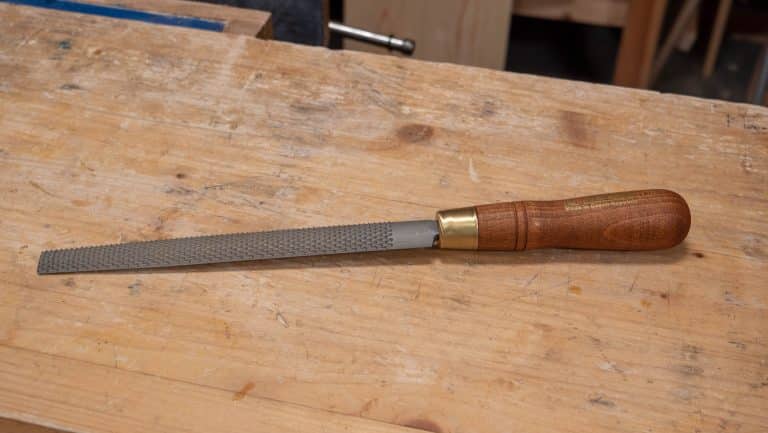The File Guide
Files have teeth which span the width of the working face on a diagonal slant, the teeth come in different sizes which affects the depth of the gullets and thereby the depth the file teeth cut into the material. If the teeth are very small and close together (smooth or second cut), this may cause the teeth to clog up with the material being filed. Larger teeth means that the teeth are more widely spaced apart and we usually refer to this as a bastard cut (rough cut) file. Paul usually uses a single cut file, which have teeth in one direction, but there are also files which have teeth in two directions so that they create a crossover pattern, this is referred to as double- cut.
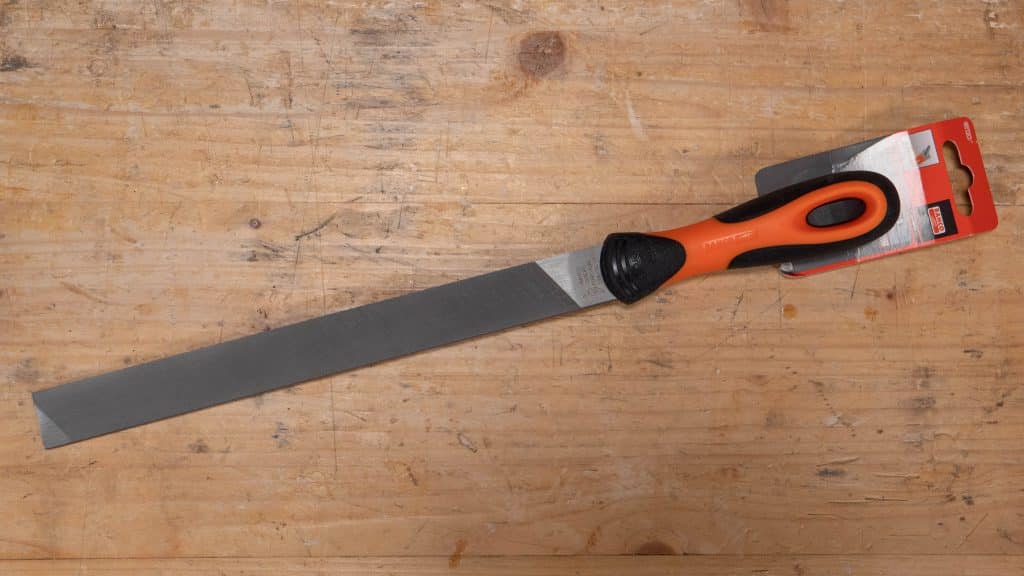
Uses
Files are used to shape and refine different materials. In the right circumstances and with correct use they can create a beautifully smooth surface. They are especially useful in smoothing difficult to work surfaces such as rounds on the end grain of wood and metals too. They are often used to refine carving in wood. The different teeth sizes and patterns determine how much material you remove.
Terminology
Gullets – Grooves between the teeth on the file, they can get clogged up
Types of File
- Single Cut
- Second Cut
- Double- Cut
Relevant Guides
-
Saw Files
Saw files can also be known as triangular files or three-square files. They often have single cut teeth across the full width of each facet of the file and can come in many different variations including: Paul finds that 3 main sizes cover most saws: When choosing a saw file, it depends on the type…
-
Setting Up Rasps and Files
A rasp and file cannot generally be sharpened and do not need setting up, however you can prolong their life by taking good care of them. Most of the time the sawdust which builds up in between the teeth will be pushed out by new wood fibres, however you can clear out the gullets by…
-
Using a Rasp and File
The file and rasp are used in a similar way to each other for different tasks which can lead to confusion. Whereas the file is used on both wood and metal, rasps are used mainly on wood and stone but never on metal. The file is used to shape, refine and to smooth out surfaces,…

